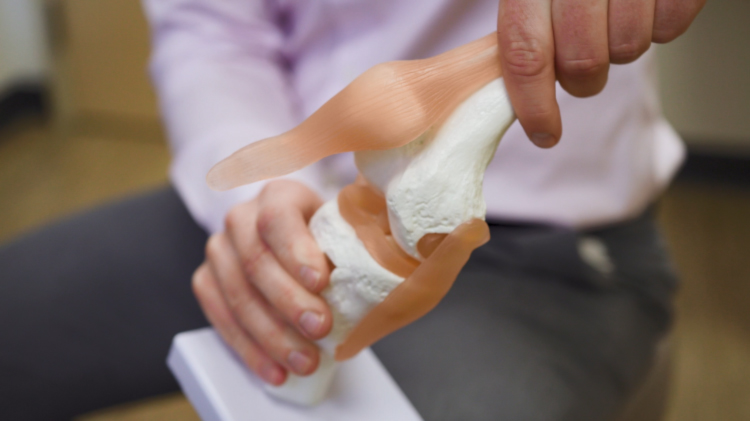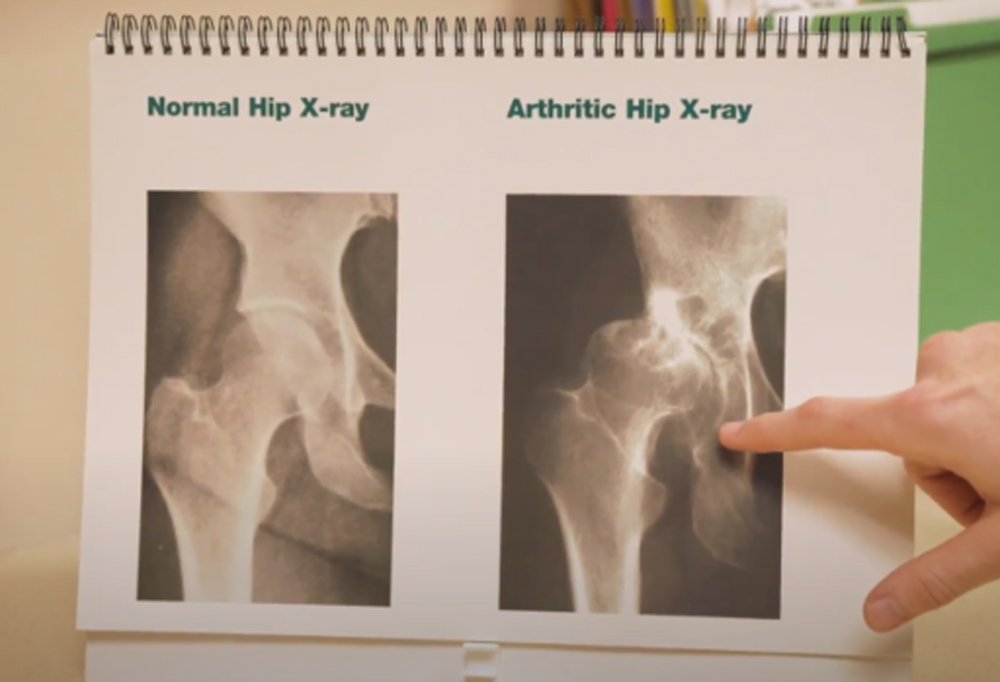Concussions occur routinely during the activities and accidents of daily life. However, concussion in sports gets the most media attention by far. This is not without reason. In fact, each year there are between 1.6 and 3.8 million reported sports-related concussions. And, those numbers could be much higher. Alarmingly, estimates show that up to 80% of athletes sustain concussions without being aware of their injury. This means that as many as 80% of sports-related concussions go unreported. This is often because of a lack of awareness and education regarding concussions in sports. Combined with the risk associated with participating in sports while still recovering from a concussion, this is concerning.
Youth concussions in sports
Understandably, concussions in professional sports, especially football, get a lot of media attention. Likewise, concussions in youth sports is an equally important topic. Specifically, concussions account for approximately 3-8% of all sports-related emergency room visits for youth. Additionally, data suggests that concussions account for 8.9% of all high school sports injuries. Compared to 6% in college sports, this indicates a possible increased risk of concussion in younger athletes.
Fortunately, most youth recover relatively quickly from concussion injuries. However, in some cases, recovery is more prolonged. In fact, evidence suggests that youth are both more susceptible to concussions and take longer to recover than older athletes. These factors, coupled with concerns over undeveloped young brains, highlight the importance of education and awareness of the recognition, evaluation, and treatment of concussions in youth sports.
Risk by sport
All sports carry the risk of concussion. That being said, there are higher and lower risk sports. Specifically, approximately 20% of concussions happen in contact sports, which are higher risk. Important to note, about 80% occur in non-contact, or lower risk, sports. National data shows that the sports with the highest incidence of concussion are rugby, hockey, and football. Conversely, the lowest incidence of concussion are in volleyball, baseball, and cheerleading. Locally, data from our athletic trainers at Central Oregon high schools show the highest rate of concussions in football, girl’s soccer, and girl’s basketball.
Managing sports-related concussions
Our athletic trainers are experts trained in recognition, evaluation, treatment, and management of sports-related concussions. As essential members of risk management and concussion prevention teams, they are present whenever high school sports are played. Our athletic trainers work diligently to implement the established concussion protocol and oversee the safe return-to-play for injured athletes. They ensure that young athletes do not return to sports too soon, reducing the risk of recurrent concussion. We are proud that the concussion protocols we have established with local schools demonstrate only a 6% risk of recurrent or repeat concussion – a more than 2% reduction from national standards.
References
Martineau, Chad PA-C, ATC; Kingma, Jackie J. MS, ATC, PA-C, PT; Bank, Laura PhD, PA-C; McLeod, Tamara C. Valovich PhD, ATC Guidelines for treatment of sport-related concussions, Journal of the American Academy of Physician Assistants: May 2007 – Volume 20 – Issue 5 – p 22-28.
Sports-Related Concussions in Youth: Improving the Science, Changing the Culture. Committee on Sports-Related Concussions in Youth; Board on Children, Youth, and Families; Institute of Medicine; National Research Council; Graham R, Rivara FP, Ford MA, et al., editors. Washington (DC): National Academies Press (US); 2014 Feb 4. https://www.ncbi.nlm.nih.gov/books/NBK185340/#__NBK185340_dtls__
Pfister, T., Pfister, K., Hagel, B., Ghali, W. and Ronksley, P. (2015). The incidence of concussion in youth sports: a systematic review and meta-analysis. British Journal of Sports Medicine, 50(5), pp.292-297. https://pubmed.ncbi.nlm.nih.gov/26626271/










